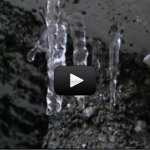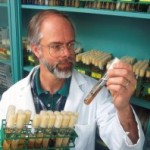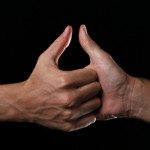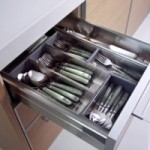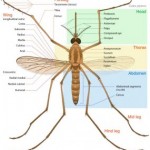This section will introduce you do the special way of thinking and asking questions known as science. You will see that science investigations are sometimes carried out in a special way, called the scientific method. You will also learn about how models can be helpful to scientists. Next, we will talk about life. We will explore what makes something alive, how living things can be organized, and how we can name living things.
This section is important because it is the basis of everything else you will learn in science. Science has done many great things in our lives, from designing safety features for our cars to discovering medicines that are used to treat illnesses. But if we do not understand how science works, we cannot hope to make these kinds of discoveries. In order to study life science, we must know what make something alive, and what is the same and different about various living things
This section is important because it is the basis of everything else you will learn in science. Science has done many great things in our lives, from designing safety features for our cars to discovering medicines that are used to treat illnesses. But if we do not understand how science works, we cannot hope to make these kinds of discoveries. In order to study life science, we must know what make something alive, and what is the same and different about various living things
Scientific Concepts:
- Know how to demonstrate how to use and care for a microscope, how to mount slides, and how to record data viewed through a microscope.
- Design an experiment to track genetic traits.
- Create a set of experiments that extract and isolate DNA in common foods.
- Differentiate observation from inference (interpretation) and know scientists’ explanations come partly from what they observe and partly from how they interpret their observations.
- Formulate and justify predictions based on cause-and-effect relationships.
- Conduct multiple trials to test a prediction and draw conclusions about the relationships between predictions and results.
- Follow a set of written instructions for a scientific investigation.

